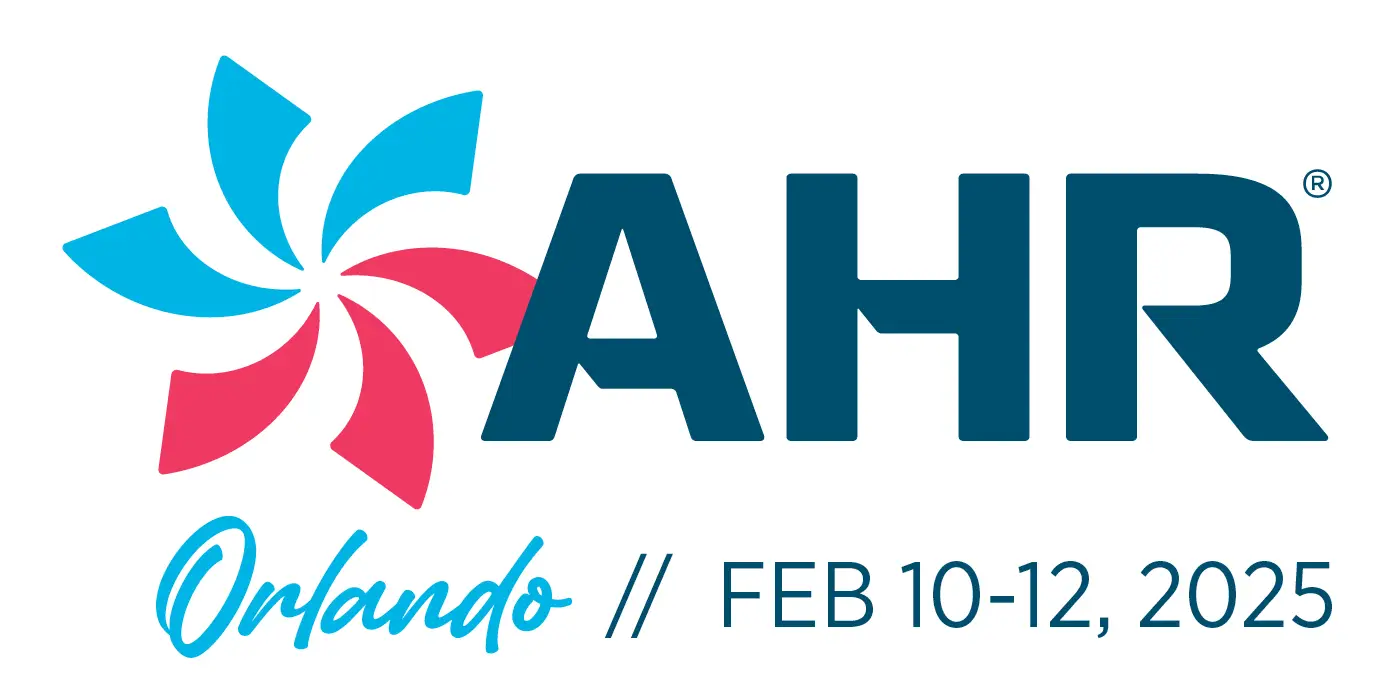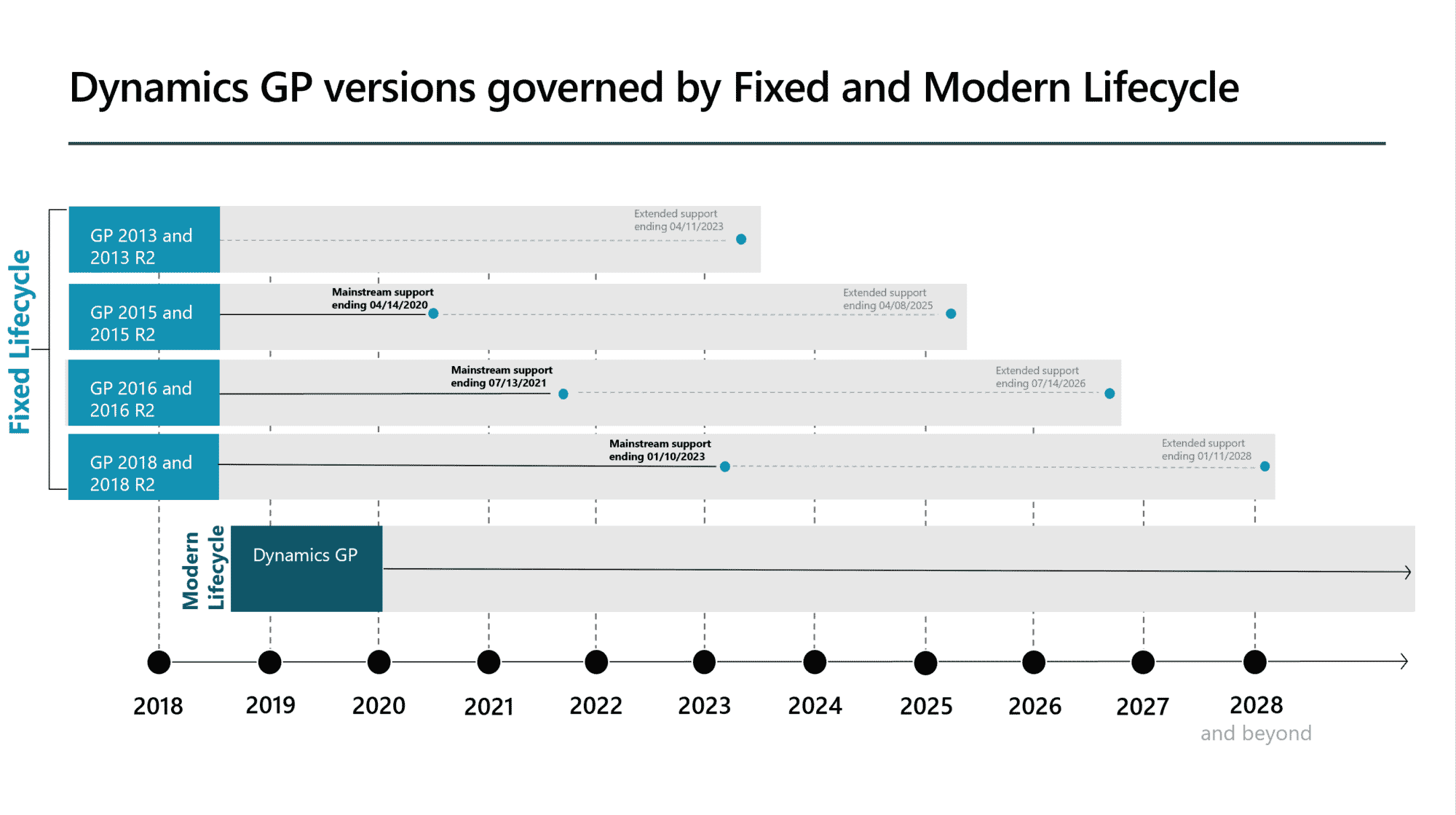The term Warehouse Management System (WMS) is broad and can have different meanings in different environments. In today’s market, most WMS offerings fall into three categories:
- Data Collection—provides limited capture of barcoded inventory data for the ERP system
- Independent WMS—a completely separate system with optional integration points back to your ERP
- “Embedded” WMS—adds more robust inventory management logic, but maintains the ERP system as the single database
Before we identify the 5 important considerations for your WMS selection process, let’s first clarify some related terminology that we’ll be using in this article.
You will find the terms “WMS”, “Data Capture”, “Barcode Solutions” and “Data Collection” used to market any of the aforementioned solutions. For the purposes of this article, we will refer to all of these systems as “Inventory Management.”
Microsoft Dynamics GP is an enterprise resource planning (ERP) solution. Part of the reason for this definition is that many organizations start out using Dynamics GP strictly for financials, but it is a fully integrated ERP system that goes beyond financials to also support:
- Inventory Management
- Purchasing
- Sales Order Processing
- Human Resources
- Manufacturing
Now, back to the task at hand. When selecting an Inventory Management solution, there are 5 important considerations:
- Scalability
- Integration
- Ongoing Maintenance Overhead
- Budget & Price
- Selecting the Right Vendor
Scalability
If you are researching Inventory Management solutions, it’s a safe bet you are at the point where you need tighter inventory control. The first thing to evaluate is the functionality you may already have available to you in your Dynamics GP ERP system. If you started out using it as your accounting system, research the other areas of the system you haven’t used yet. Inventory features (outside of purchase order and sales order processing) you already have available in Dynamics GP include:
- Serial and lot tracking, including traceability reporting
- Bin location tracking
- Min and max quantity level setup
- Physical inventory management, including cycle count setup
- Bill of material and assembly
- Alternate item cross-reference setup
- Project tracking
This is just a short list of functionalities you can use to improve your inventory controls, together with the Inventory Management solution you select.
Scalability considerations for your Inventory Management system should include:
- Install options. for hosted environments as well as on-premises. You may be thinking about moving your on-premises installation of Dynamics GP to a hosted environment. Be sure the system you add on has flexibility and is supported in both environments.
- Configuration options. Not everyone operates their business in exactly the same way. Does the solution offer options to configure the application based on your needs? Are there user-definable and extensibility options natively available?
- Can you add functionality? Perhaps you want to start your investment in inventory management with the basics. Are you required to purchase everything upfront and hope you grow into it? Are you required to buy more user licenses than you need?
Integration
Regardless of the type of Inventory Management system you select, it needs to be integrated into your financials. Most systems offer this as standard, but you need to evaluate HOW the integration works.
- Separate Inventory Management systems typically synchronize data, while embedded or add-on systems to your existing Dynamics GP database will use Dynamics GP as the system database.
- What integration tools are used? Beware of systems that use direct table updates to GP, as mistakes can be very difficult to fix.
- How often is data synchronized?
- Will changes to previously synchronized data require special handling?
- How is setup data between systems managed?
- How are issues with transaction submits or synchronizations handled?
Note that many of the synchronization questions only apply to an independent system. True embedded solutions do not require a synchronization step.
Ongoing Maintenance Overhead
The ideal Inventory Management solution will have low ongoing maintenance and reconciliation overhead. If you end up having to add staff to keep your system maintained and reconciled, it will impact your return on investment. Embedded systems will allow you to maintain a single source of the truth. Ask the solution provider for time and cost to upgrade the system. How much is ongoing software maintenance? What level of support is included and what additional support costs need to be budgeted? Interview your vendor to identify ongoing costs. Identify internal resources requirements to calculate the total overhead costs.
Budget & Price
If you are just starting out in your research, define your requirements and put a budget range in mind. You may be surprised as you start evaluating solutions to find other features and functionality you want that you missed in your initial requirements definition. Keep track of the must-haves and the nice-to-haves. Don’t be sold on functionality you don’t understand, or you aren’t sure how you would use. Ask your vendor how or why you would need ‘upsell’ features to determine practicality.
When comparing solution costs from multiple vendors, be sure to capture ALL the costs related to the solution. A data collection add-on or embedded solution will most likely have much lower implementation and training costs than a separate WMS system because those solutions use your existing infrastructure. Create a spreadsheet to make sure you are accurately comparing the total cost of the solution which would include:
- Software Price
- Software Maintenance Price
- Services for Implementation and Setup
- Services for Training
- Additional Support Plan Costs
Be sure to look closely at quoted services. If there is a range of hours listed, is the price estimate calculated based on the low or the high end of the hours presented? If on the low end, you will need to calculate the high end if that is the hours being approved.
Ask about recurring costs. What is included in software maintenance? Is there a separate support plan?
If the solution starts going outside of your budget comfort zone, you may want to consider subscription pricing options. If you are investing in hardware, you may also have lease options available. If you go down the subscription price path, look at the terms. Are there restrictions on users, transactions, etc.? Does the recurring price include maintenance and support or is that additional?
Select the Right Vendor
- You made your list of requirements with the must haves and nice-to-haves.
- You identified which solution(s) meets your needs.
- You put together your price comparisons.
- You checked references provided by each vendor.
Obviously, your final selection shouldn’t be made purely on the lowest price. If your solution is integrated with your Dynamics GP ERP system, what is the vendor’s expertise around the integration points related Dynamics GP? This is probably more important if your selection is an embedded or direct add-on; however, any vendor who has integration points to your ERP system should have basic knowledge of that system.
What is the vendor’s training methodology? Do they offer value-add options to include workflow and process review? Are they knowledgeable in inventory management best practices? How are feature enhancement suggestions by customers handled?
The vendor relationship goes beyond the sale. Ask for support policies and the future enhancement roadmap. Request the last release notes for the solution. The success of your implementation goes beyond the sale. You will have increased ROI by partnering with a vendor dedicated to adding features and improvements. Partner with a team that will help you implement a solution to meet your goals, not just sell, install, and train you on software.






